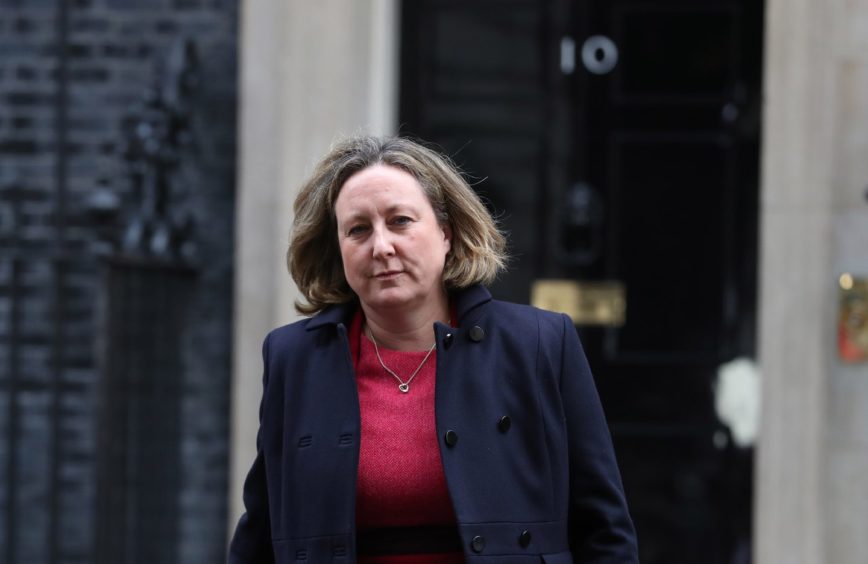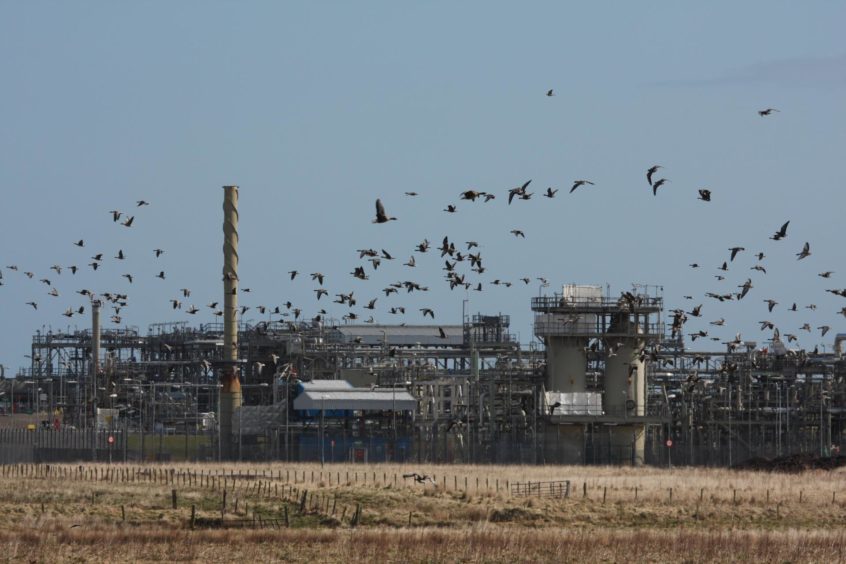
A new industry report has described blue hydrogen as an “essential” part of the UK’s net zero ambitions.
Published by the UK Hydrogen and Fuel Cell Association (UK HFCA), the study claims that, in the near-term, the fuel will be the fastest way to deploy large volumes of low carbon hydrogen in the economy.
In the longer term, that will then support the development of green hydrogen production, the report says.
Blue hydrogen is made using natural gas, with the CO2 created in the process abated using carbon capture and storage (CCS).
There’s currently widespread debate within the sector about whether blue or green hydrogen – which is made using renewable energy – should be prioritised.
As it incorporates natural gas, it’s thought blue hydrogen could extend the life of North Sea fields, supporting a just transition.
According to the report, with the right policy support from government, the UK could deploy 10 gigawatts (GW) of blue hydrogen by 2030 – more than the current combined nuclear power capacity.
That figure could reach up to 80GW by 2050.
In order to deliver this, the UK HFCA is calling for a number of policies to be implemented by Westminster.
They include setting and implementing strong production standards, rolling out financial support and boosting imports and exports.
Anne-Marie Trevelyan, the UK Government’s energy minister, said: “I welcome this paper from the UK Hydrogen and Fuel Cell Association.
“It clearly highlights the role CCUS-enabled or ‘blue’ hydrogen can play in reaching the UK’s legally binding climate change commitments, and in helping to provide flexible energy across heat, power and transport.
“It comes ahead of us publishing our first ever Hydrogen Strategy this year. We have already set out our ambition for this new technology, to generate significant amounts of energy in the coming years and support thousands of jobs.”
Blue hydrogen projects across the UK have set themselves stringent CCS targets, with 95% emissions removal considered a minimum.
The majority of initiatives are based in clusters, including the Acorn project at Aberdeenshire’s St Fergus gas terminal.
There are currently plans for the UK Government to establish CCS in at least two industrial locations by the mid-2020s.
The main contenders are located in Scotland, the North West, the Humber and Teesside.
Ben Houchen, Tees Valley Mayor, said: “Here in Teesside we are already leading the way in developing hydrogen as a fuel source.
“We will be home to the government’s first hydrogen transport hub which will research and trial hydrogen across all forms of transport.
“Northern Gas Networks is conducting a world-first trial of hydrogen in the domestic gas pipes that have been isolated from the rest of the domestic network. And bp will create the UK’s largest “blue” hydrogen production facility in Teesside.
“From offshore wind to pioneering work on hydrogen Teesside, Darlington and Hartlepool are paving the way for the UK to be net zero by 2050 and our position at the centre of the clean energy revolution will create thousands of good-quality, well-paid jobs for local people for generations to come.”
Celia Greaves, chief executive of the UK HFCA, added: “Our report shows how the UK is uniquely placed to take advantage of the opportunities from low carbon blue hydrogen.
“The UK HFCA supports the UK’s Governments strategy of a technology agnostic approach to hydrogen as we know that both blue and green hydrogen will play a key part in helping the Government achieve their Net Zero goals.
“However, if the Government is to achieve their ambitions, the upcoming Hydrogen Strategy needs to provide clarity and greater certainty around the support that will be available for hydrogen.
“This will enable the investment to flow in time so we can get production going in time to meet the UK’s 2035 78% carbon reduction target.”

 © PA
© PA © Shutterstock / Ewan Chesser
© Shutterstock / Ewan Chesser